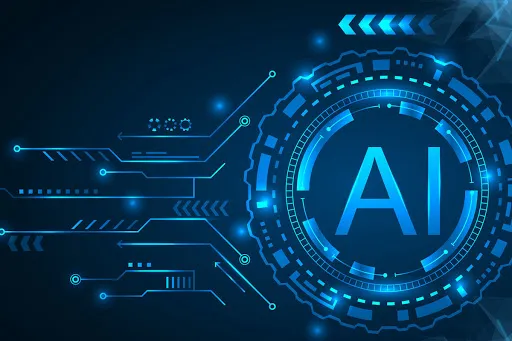If you thought that voice cloning and deepfakes are recent buzzwords, think again. The first original record of mimicking human voice dates back to 1779, in Russia. Professor Christian Kratzenstein built acoustic resonators that mimicked the human vocal tract when activated by means of vibrating reeds (just like wind instruments), in his lab in St. Petersburg.
Nowadays, voice cloning with artificial intelligence is used for a myriad of applications in industries such as film, video game production, audiobooks and podcasts, and more.
Still, we cannot ignore the quite high likelihood of unethical applications of this technology, through which people could be made to believe that someone said something they haven’t.
This raises the need for safeguards to prevent malevolent uses of synthesized voices. These safeguards may pertain to various domains:
- technological ones, like authentication by means of an audio fingerprint layered atop generated voices
- deepfake detection through high-level representations of voice samples
- mathematical ones, such as algorithms that can determine if a voice comes from a human vocal tract based on the voice features (like prosody, phase, frequency, and tone)
- training humans’ ability to detect deepfakes by repeated exposure
#voice-cloning #artificial-intelligence #synthetic-media #voice-conversion #the-nixon-project #synthetic-voices #machinelearning #machine-learning
